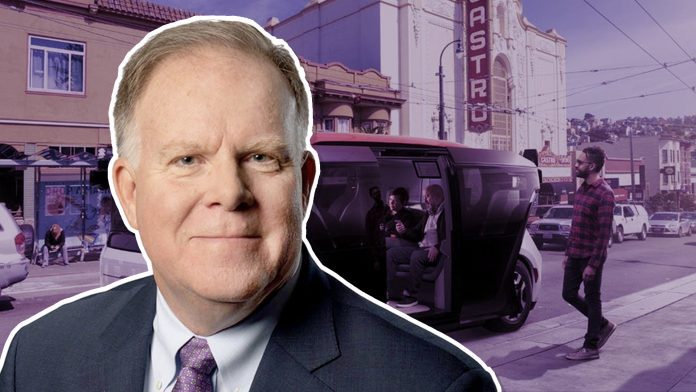General Motors has announced additional details for its upcoming driver-assistance platform Ultra Cruise, one day after an executive at its robotaxi subsidiary, Cruise, spoke of plans to cut technology costs.
On Tuesday, GM published a press release revealing that its Ultra Cruise system will come equipped with a “unique sensor suite” that gives the vehicle a 360-degree view of its surroundings. The new upgrade comes with a computing platform that fuses data from an array of cameras, radars and LiDAR to guide the car with more accuracy. The driver-assistance service will debut on the Cadillac CELESTIQ 3 which is expected to go into production this December.
The day before this announcement, Gil West, Chief Operating Officer at Cruise, explained that the GM-owned robotaxi service was searching for ways to cut costs after spending almost $2 billion in 2022. “We’ll continue to look at hardware [and] software…and continue to drive cost out as we move forward,” explained West. However, even with reduced expenditure, GM’s autonomous vehicle operation is planning to introduce the Origin, an original, full self-driving taxi with no steering wheel, later this year, once it obtains certification. West noted that the addition could unlock more revenue down the line.
These two developments come at a time of souring outlooks on self-driving innovation. Companies such as Ford and Apple have cancelled plans to introduce driverless vehicles to the market, choosing instead to focus on driver-assistance systems, such as Ford’s BlueCruise. Although, out of context, these two announcements may give the impression that GM is taking after its competitors, the company is actually doing the opposite, maintaining its ambitions for both technologies. While it is true that Cruise is tightening its budget, Aimee Ridella, Senior Manager of Autonomous Vehicle and Advanced Driver Assistance System Communications at GM, told CBT News that the brand is “pursuing two paths” with equal attention paid to both. “While Cruise will continue to gain valuable experience through both fully autonomous ride hail and delivery, in parallel, we [will] also continue to expose more and more customers to advanced driver-assistance systems through technologies like Super Cruise and soon, Ultra Cruise.”
While it is true that self-driving cars face a steep uphill battle in terms of legislation, cost and safety, leaving the competitive arena so soon may spell trouble for other legacy automakers down the line. For now, GM has elected to embrace both driver-assistance and driverless technologies, placing it at the forefront of automotive innovation.



